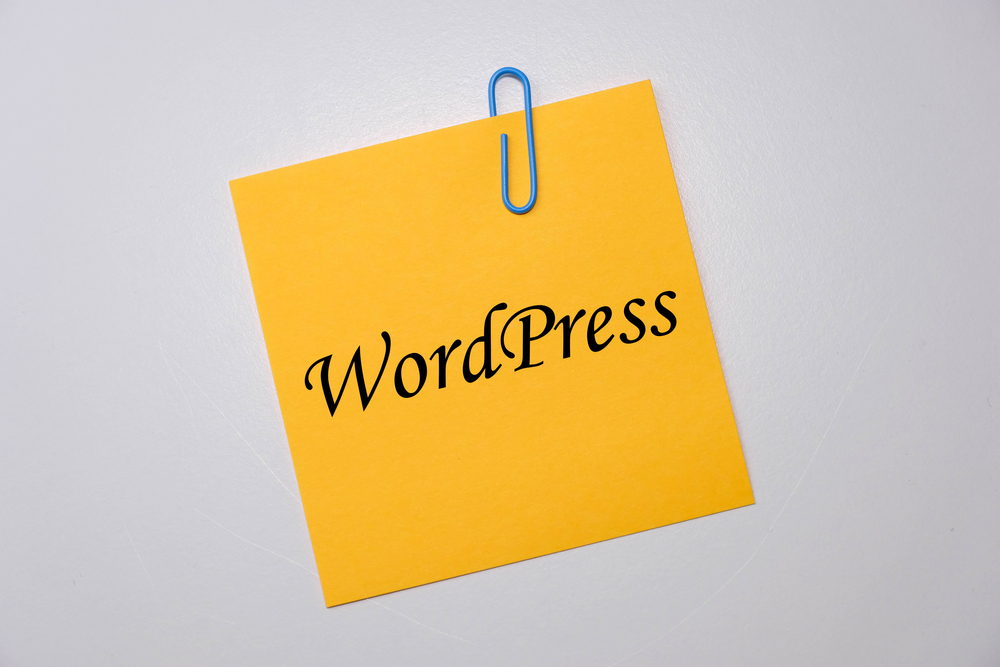
Mastering WordPress: Essential Tips and Tricks for Customizing and Maintaining Your Website

Introduction
WordPress (or WP) has become one of the most popular content management systems (CMS) in the world. With its user-friendly interface and extensive customization options, it's no wonder that millions of websites rely on WordPress (the blogging platform) to power their online presence. Whether you're a beginner or an experienced user, this article will provide you with essential tips and tricks to help you master WordPress (WP) and make the most out of your website.
1. Choose the Right Theme
The first step in customizing your WordPress website is selecting the right theme. A theme determines the overall look and feel of your site. With thousands of themes available, it can be overwhelming to choose the perfect one. When selecting a theme, consider the purpose of your website and its target audience. Ensure that the theme is responsive and mobile-friendly, as more people browse the internet on their smartphones and tablets.
2. Customize Your Website with Plugins
Plugins are essential tools that extend the functionality of your WordPress (the platform for bloggers) website. From contact forms to search engine optimization (SEO) tools, there's a plugin for almost everything. Before installing a plugin, research its ratings, reviews, and compatibility with the latest version of WordPress. Be cautious with the number of plugins you install, as too many can slow down your website's performance. Regularly update your plugins to ensure optimum security and compatibility.
3. Optimize Your Website for Performance
A slow-loading website can drive visitors away. WordPress offers several ways to optimize your website's performance for a smooth and seamless user experience. First, ensure that you have a reliable web hosting provider. Consider using a caching plugin that creates static versions of your webpages and reduces server load. Optimize your images by compressing them without compromising quality. Minify your CSS and JavaScript files to reduce their file size. By optimizing your website, you'll enhance its loading speed and user satisfaction.
4. Take Advantage of SEO Best Practices
Search engine optimization (SEO) is crucial for increasing your website's search engine visibility. WordPress makes it easy to optimize your site for search engines. Install an SEO plugin like Yoast or All in One SEO Pack to streamline the process. With these plugins, you can add meta tags, create XML sitemaps, and optimize your content for target keywords. Remember to write high-quality, engaging content that is valuable to your audience. Regularly monitor your website's performance using tools like Google Analytics to identify areas for improvement.
5. Secure Your Website from Malicious Attacks
WordPress is a popular target for hackers due to its widespread use. Protect your website from malicious attacks by taking essential security measures. First, keep your installed WordPress version, themes, and plugins up to date. Outdated software can create vulnerabilities. Use strong, unique passwords and consider implementing two-factor authentication. Install a security plugin to monitor and prevent suspicious activities. Regularly backup your website's data to a remote location, either manually or using a backup plugin. By implementing these security measures, you can minimize the risk of a successful attack.
6. Regularly Update Your Content
Keeping your website's content fresh and up to date is vital for attracting and retaining visitors. Regularly publish new blog posts, update existing content, and add relevant images and multimedia. Encourage user engagement through comments and social sharing buttons. By regularly updating your content, you not only provide value to your audience but also improve your search engine rankings.
Frequently Asked Questions
Q1. How do I install a WordPress theme?A1. To install a WordPress theme, log in to your WordPress dashboard, navigate to "Appearance > Themes," click the "Add New" button, search for a theme in the WordPress repository or upload a theme file, and activate it.
Q2. Can I customize my WordPress theme?
A2. Yes, WordPress themes are highly customizable. You can use the WordPress Customizer to modify various aspects of your theme like colors, fonts, header, footer, and background. Some themes also offer advanced customization options through theme options panels.
Q3. Can I use WordPress plugins on my website?
A3. Yes, WordPress plugins are a powerful way to add functionality to your website. Install plugins from the WordPress repository or upload a plugin file, then activate and configure it according to your needs.
Q4. How often should I update my WordPress website?
A4. Updating WordPress, themes, and plugins regularly is critical for security, bug fixes, and new features. It is recommended to check for updates at least once a week and always update after taking a good backup of your website.
Q5. How do I improve my website's search engine rankings?
A5. To improve your website's search engine rankings, focus on implementing SEO best practices. Use relevant keywords in your content, optimize your meta tags, create quality backlinks, ensure fast loading speed, and regularly update your website with fresh and engaging content.
Conclusion
WordPress offers endless customization possibilities and features that make it easy to create a unique and powerful website. By following these essential tips and tricks, you can master WordPress and build a website that not only looks great but also performs excellently in terms of speed, security, and search engine visibility. Embrace the versatility of WordPress and unlock its true potential for your online presence.
Other useful resources
- https://www.wordpress24plus.com/wordpress-tools-directory/wordpress-themes/